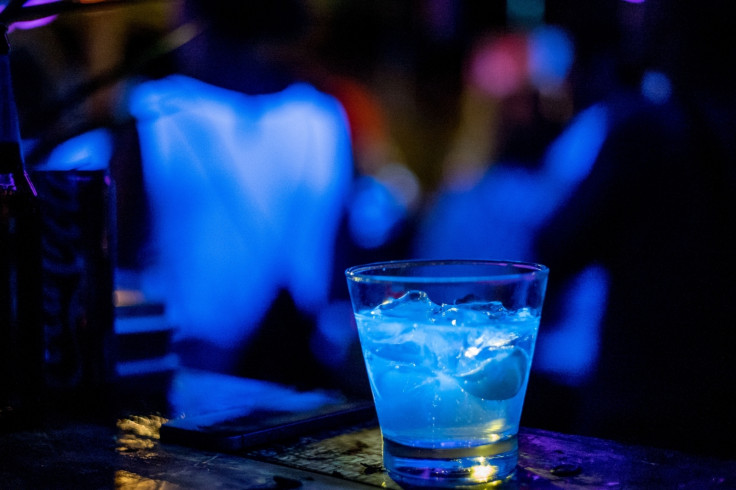Alcoholism epidemic in the USA: More than 1 in 8 Americans are now alcoholics
Alcoholism has risen 49% in the US in just 11 years, national surveys find.
Americans are becoming increasingly heavy drinkers, with the greatest rise among women, older people and ethnic minorities, national surveys have shown.
Two large surveys carried out in 2001-02 and 2012-13 have found that harmful levels of drinking are increasing among almost all demographics in the US. The number of teetotallers is falling, while high-risk drinking and alcoholism rose sharply during the 11-year period, according to an analysis published in JAMA Psychiatry.
The first survey in 2001-02 questioned about 43,000 people on their drinking habits, while the second questioned 36,000 people. These large samples aimed to include people from all walks of life in the US to make sure they painted an accurate picture of the national population.
The number of people who had consumed alcohol in the past 12 months went up 11.2% in the time between surveys. High-risk drinking went up by almost 30%. This means that at present about 29.6 million Americans are putting their health at risk due to their drinking habits.
Men fall into the high-risk category if they have five or more standard drinks on one day at least once a week. Women are in this category if they have four or more in a day per week.
Unseen epidemic
The largest change was in the most severe alcohol use category. The number of people who had received a diagnosis of alcoholism over the period of the two studies shot up by 49%, affecting 12.7% of the total population. This means 1 in 8 Americans received a diagnosis of alcoholism in the year before the latest survey.
"The increases were unprecedented relative to the past two decades," study author Bridget Grant of the National Institute on Alcohol Abuse and Alcoholism, Rockville, told IBTimes UK.
Despite its prevalence, Americans are not sufficiently aware of the alcoholism crisis.
"The increases in alcohol related outcomes may have been overshadowed by increases in less prevalent drugs like marijuana and opioids, although all increases in alcohol and other substances are important."
But like those other epidemics, the increasing rates of alcoholism in the US are a symptom of a broader problem with addictive substances in the US, writes psychiatrist Marc Schuckit of the University of California, San Diego, in an editorial in the same issue of the journal.

However, previous research has shown that interventions to make people aware of their risky behaviour are effective at reducing alcohol abuse. So there is hope that focusing on evidence-based interventions could slow the spread of the epidemic.
But failing to invest in such measures is likely to make it worse, Schuckit writes. Proposed cuts to the National Institutes of Health budget are "potentially disastrous for future efforts to decrease alcohol problems", he writes.
"My view is that if we ignore these problems, they will come back to us at much higher costs through emergency department visits, impaired children who are likely to need care for many years for preventable problems, and higher costs for jails and prisons that are the last resort for help for many," Schuckit concludes.
© Copyright IBTimes 2024. All rights reserved.







